Anticipation Of the release of Nvidia’s RTX 5000 series and AMD’s Radeon RX 8000 series Grows! What is the Excitement Level NOW? What do We know So Far?
Nvidia RTX 5000 Series: Expectations and Performance
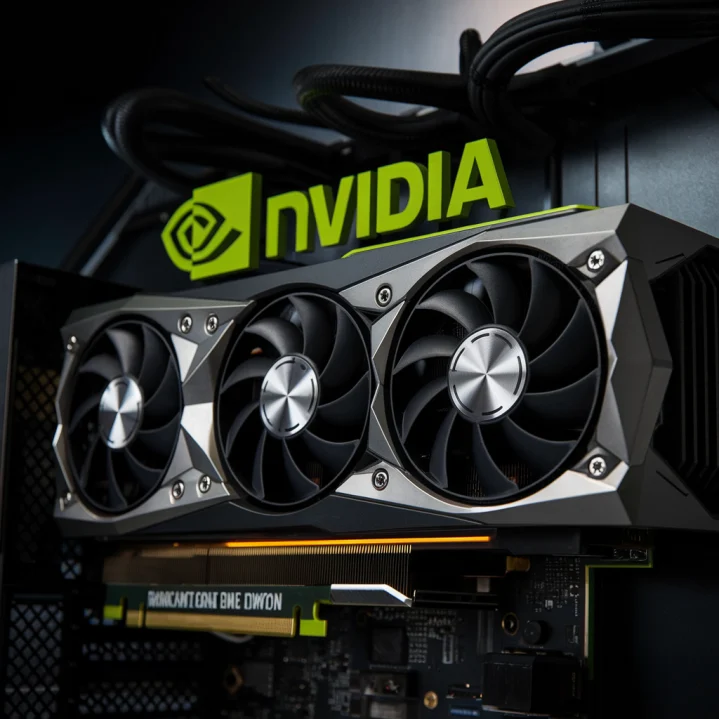
Nvidia’s RTX 5000 series and AMD’s Radeon RX 8000 are eagerly expected so what do we know so far? Nvidia’s upcoming RTX 5000 series, based on the “Blackwell” architecture, is expected to push the boundaries of performance, especially at the high-end of the market. Rumors point to significant improvements in both rasterization and ray-tracing capabilities, with a potential 10% to 20% performance increase over the RTX 40 series in ray tracing alone.
The RTX 5090, the anticipated flagship of the series, is rumored to boast jaw-dropping specifications with substantial increases in CUDA core counts and clock speeds, along with enhanced AI and machine learning capabilities. It could deliver performance leaps, especially in AI-related workloads, which Nvidia has increasingly focused on.
However, these performance gains come at a cost. The RTX 5090 is rumored to be priced between $1,999 and $2,499, with Nvidia potentially positioning it more as an ultra-premium card akin to a Titan model rather than a typical flagship. The RTX 5080 could be priced in the $1,200 to $1,500 range, while the RTX 5070 may sit between $599 and $699. While these price tags reflect Nvidia’s dominance in the high-end market, it also means that these GPUs are likely to be out of reach for many average gamers.
In terms of raw power, the RTX 5070, for example, is expected to match or slightly outperform the RTX 4070 Ti in rasterization while offering more noticeable gains in ray tracing. This suggests that while performance improvements are incremental in some areas, Nvidia is banking on significant advances in ray tracing, AI, and other future-forward technologies to justify the price hikes.
- Latest CPU’s Available Now – Amazon.com
- Get a NEW GPU Best Performance – AMAZON.com
- Upgrade RAM Here today – AMAZON.com
- Prebuilt PC Options – AMAZON.com
AMD Radeon RX 8000 Series: Midrange Focus and Competitive Pricing
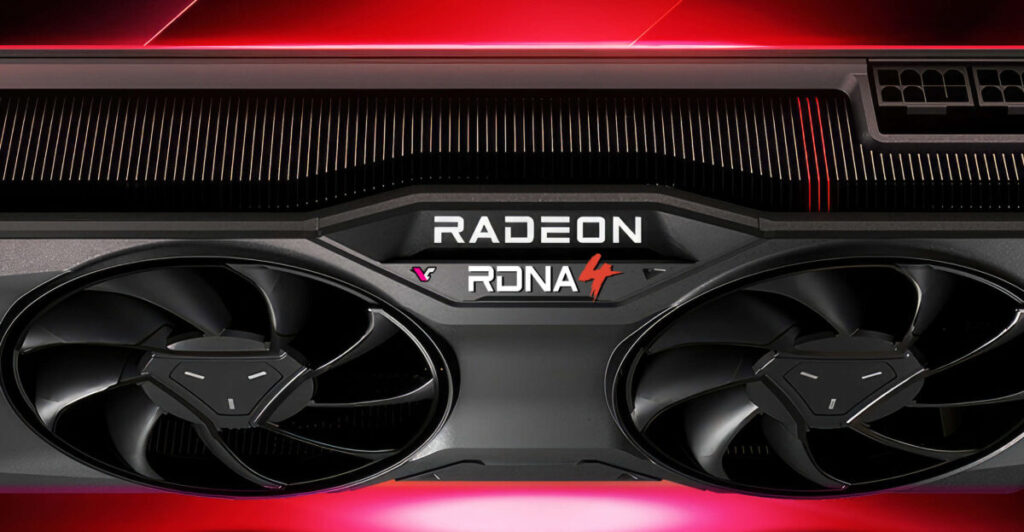
In contrast to Nvidia’s high-end strategy, AMD appears to be shifting its focus toward the mid-range and budget segments of the GPU market with its upcoming Radeon RX 8000 series, built on the RDNA 4 architecture. While AMD has historically competed in the flagship space, leaks suggest that the company will not be directly challenging Nvidia’s RTX 5090 or even the RTX 5080. Instead, AMD is expected to release GPUs like the RX 8700 XT and RX 8600 XT, which will target mainstream gamers rather than extreme high-end users.
Performance improvements in the RX 8000 series will still be substantial. The RDNA 4 architecture promises better power efficiency and performance per watt compared to RDNA 3. This makes the RX 8000 cards likely candidates for solid 1440p and 4K gaming performance, though perhaps not at the same level as Nvidia’s high-end offerings. AMD’s focus on GDDR6 memory across the range ensures good bandwidth for modern gaming workloads.
The pricing strategy is expected to be more aggressive, particularly as AMD aims to grow its market share in the mid-range segment. Given Nvidia’s sky-high prices, AMD could take advantage of the gap by offering better value at competitive price points. While exact prices are not fully confirmed, the RX 8700 XT and XTX are expected to be priced between $500 and $700, making them attractive options for gamers who are looking for high performance without the premium cost associated with Nvidia’s Blackwell GPUs.
Nvidia’s RTX 5000 series and AMD’s Radeon RX 8000 – Performance and Price Speculation
While both GPU lineups aim to deliver significant performance improvements, their focus areas are distinct. Nvidia’s RTX 5000 series appears to be concentrating on pushing the absolute limits of GPU performance with particular emphasis on AI and ray tracing. This is reflected in the high price tags of their flagship models, which seem targeted at enthusiasts and professionals rather than average consumers.
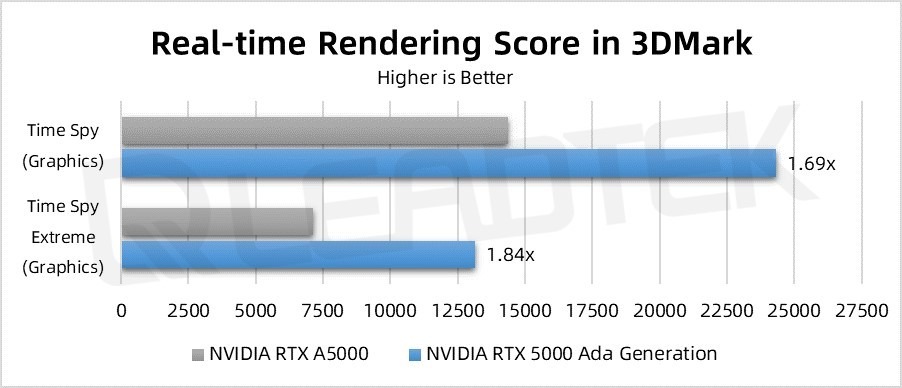
Product News – Leadtek
On the other hand, AMD’s Radeon RX 8000 series is focused on hitting the sweet spot for mainstream gaming. AMD’s strategy to refocus on the midrange could pay off, especially as Nvidia pushes its high-end cards into increasingly expensive territory. If AMD can offer solid 4K gaming performance at half the cost of Nvidia’s top-tier models, they may capture a significant portion of the gaming market.
In terms of a direct comparison, we expect the RTX 5090 to easily outperform anything in the RX 8000 lineup, but at a much higher cost. For most gamers, however, AMD’s focus on price-to-performance will likely provide more value. The RX 8700 XT, for instance, could offer comparable performance to Nvidia’s RTX 4070 or 4080 at a fraction of the price, which would make it a compelling option for most users.
Conclusion: Two Diverging Strategies
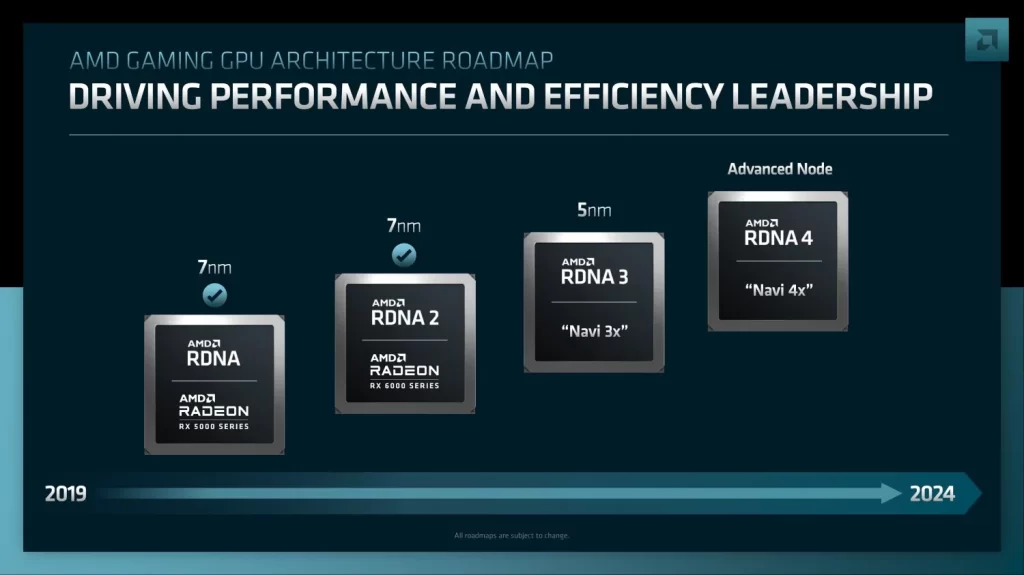
Nvidia’s RTX 5000 series and AMD’s Radeon RX 8000 series are shaping up to reflect two very different strategies. Nvidia is aiming for the ultra-premium market with cutting-edge performance and AI integration, but the cost will be prohibitive for many gamers. On the other hand, AMD is positioning itself as the go-to option for those who want excellent performance at more reasonable prices, especially in the midrange segment where most gamers tend to purchase their hardware.
For gamers with deep pockets or professionals needing top-tier performance, Nvidia’s Blackwell architecture will likely deliver the best performance available, especially in ray tracing and AI-related tasks. However, for the majority of PC gamers, AMD’s RX 8000 series could represent the best balance of performance and affordability, particularly for 1440p and 4K gaming at more accessible price points.
While final performance numbers and pricing remain speculative until the official launches, both Nvidia and AMD are expected to release their respective GPUs in early 2025. As always, the final decision for consumers will hinge on their specific needs, whether that be maximum performance, the best value, or somewhere in between.
- Joystick / HOTAS – AMAZON.com
- Rudder Pedals – AMAZON.com
- Throttle Quadrant – AMAZON.com
- Gaming Chair – AMAZON.com
- VR Headset – AMAZON.com
Author

rendon McAliece (Aka Gunnie) is a a military veteran with 23 years working on Jet Fighters, their weapons systems and ejection seat/module systems as well as munitions and R&D. Involved with flight simulation since the 1980s, he has flown all the major flight simulators over the years.
He is an Australian expat who has lived in Malaysia, UK, Saudi Arabia and more recently Thailand. He is a multi-lingual blogger who loves to share his life experiences here on LetsFlyVFR.com and DreamingGuitar.com, with his lifestyle and Travel experiences Blog plus his Dreaming Coffee website.
Learn More @ DreamingGuitar.com – DreamingCoffee.com – LetsFlyVFR.com
( HOME – BLOG – SHOP – ABOUT )
As an Amazon.com Affiliate I may Earn from associated sales.
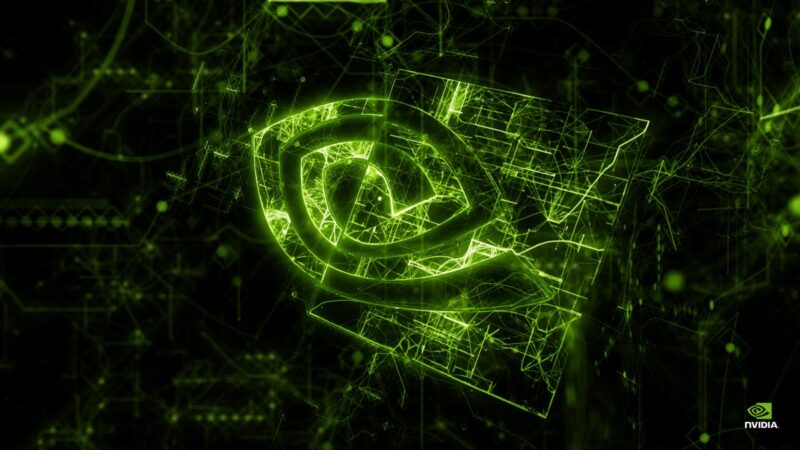
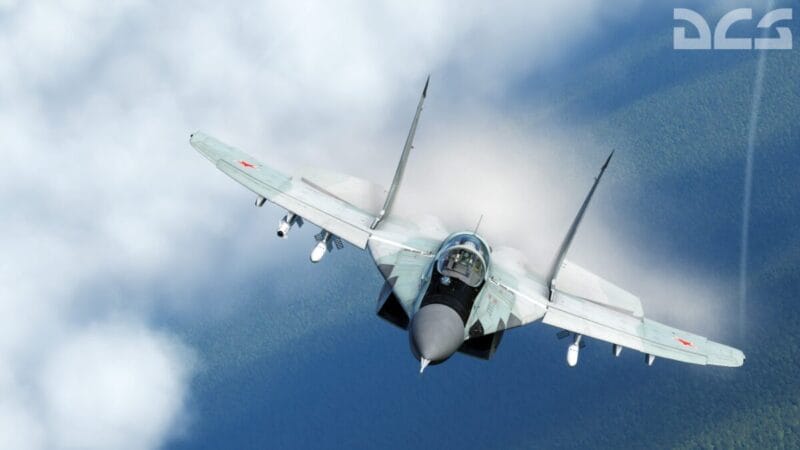




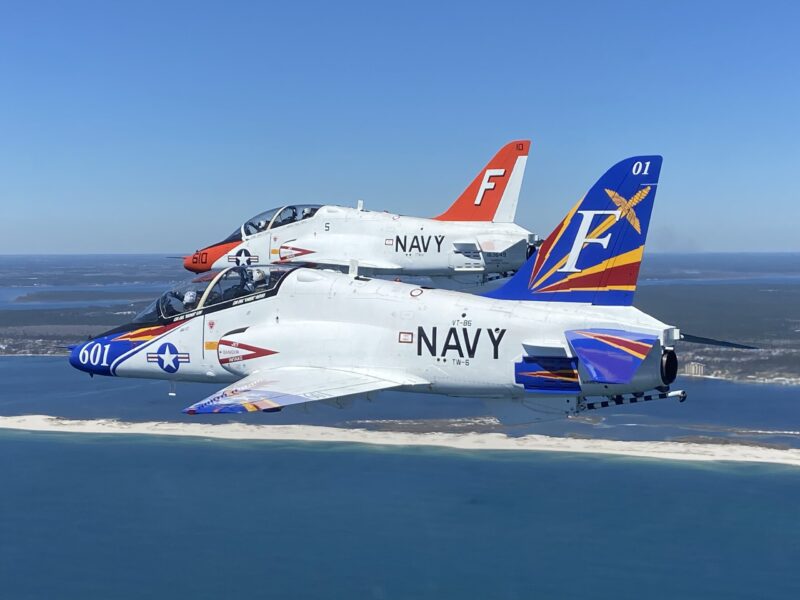



One response to “Nvidia’s RTX 5000 series and AMD’s Radeon RX 8000 What Do We Know?”